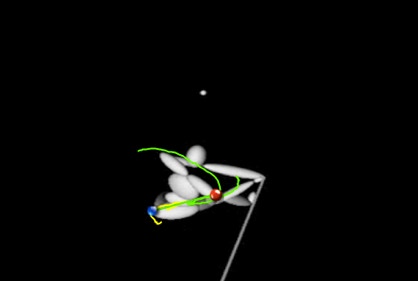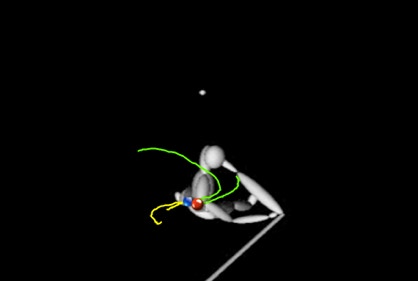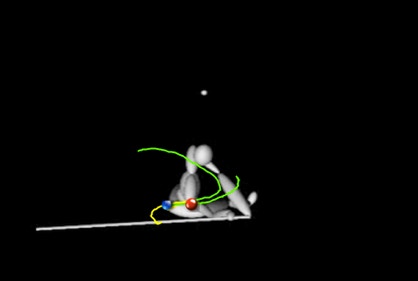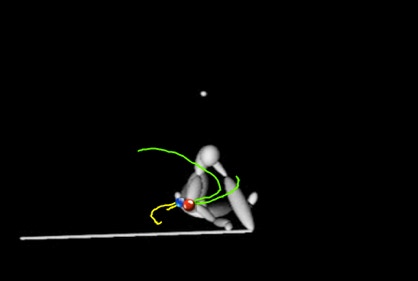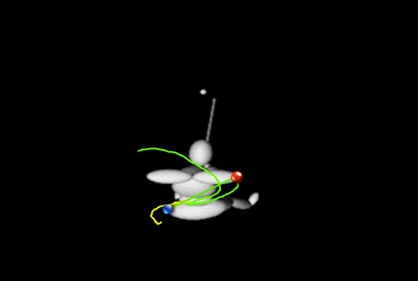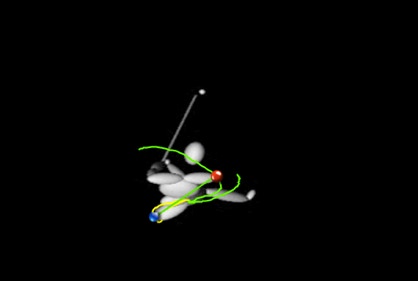As one studies this protocol, one may appreciate teamwork between the upper and lower body. But, unfortunately, far too often, it seems challenging to get the upper and lower body to work in harmony.
A common fault for good players is to shift to the Left Hip too early. As a result, the Head moves too forward as well. However, the Left Hip and Right Shoulder motion demonstrate staying back and getting through in a good golf swing. It is vital to get the lower body leading through while the upper body stays back. The proper Left Hip and Right Shoulder motion provide that sequence.
This move goes a long way toward solving the "over the top" mistake plaguing many golfers. However, it may seem peculiar that the Right Shoulder goes backward. This move can offer their solution. If you just let the Shoulders turn, the Right Shoulder will automatically go backward. The real problem arises because it seems so logical to move the Right Shoulder toward the Ball. That is what it should do just later than one would think.
So Remember, load the Right Foot on the backswing. Then, load it again at the start of the downswing. The second loading of the Right Foot happens as the Right Shoulder is moving slightly backward. The Left Hip moves Left in a straight line about 12 degrees to the Left during the downswing. This move is not a turn, and it gets the Left Hip out of the way so the Right Foot can provide a dramatic push 20 degrees to the Right totally to the complete end of the stroke!


